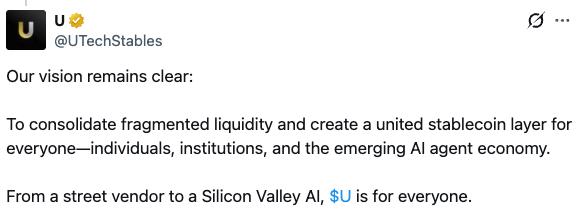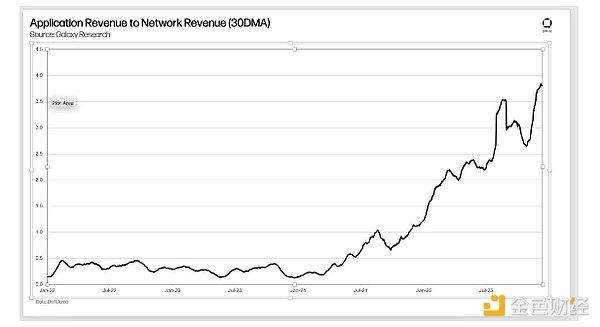How to explore the latest trends in Web3? Web3Caff Research will carefully select the latest publicly disclosed Web3 financing projects for you, and provide analysis and comments. Look at the essence through the phenomenon - follow us immediately to smell the market dynamics.
Author: ShirleyLi, Web3Caff Research Researcher
Cover: Logo by this project, Typography by Web3Caff Research
Word Count: The full text is over 2100 words
According to official disclosure, on March 17, the full-stack Chain Plume Network of RWAfi announced that it has received investment from YZi Labs, and the investment amount has not been disclosed yet.
For a long time, the industry has referred to the financial system managed and operated by centralized institutions as "TradFi", that is, traditional finance, and the financial system that incorporates the concepts of blockchain decentralization and smart contracts as "DeFi", that is, decentralized finance, and there is an essential difference between the two. On the other hand, with the rise of the RWA (Real World Asset Tokenization) track, the industry has begun to rethink the possibility of integration and connection between "TradFi" and "DeFi", and has proposed a new concept of "RWAfi". In other words, "RWAfi" is to open up the connection channel between Web2 finance and Web3 finance by leveraging the on-chain of real-world assets. Regarding RWA, the special research report "《The Latest 20,000-word Research Report on the RWA Track: Can it Become a Killer Weapon for the Blockchain Industry to Achieve a Scale of Tens of Trillions of US Dollars? A Panoramic Breakdown of its Development Path, Market Size, Token Degree, Ecological Status and Risk Challenges》" published by Web3Caff Research has revealed its grand vision, and in terms of market size, according to the forecasts of major institutions such as McKinsey, Citi, BCG and Standard Chartered, the RWA market size is expected to reach 2 trillion to 30 trillion US dollars in the next ten years. [1] To this end, the Plume Network team hopes to build a decentralized, compliant, and user-friendly RWA ecosystem, making the on-chain introduction of RWA simpler, and allowing institutions and users to participate more easily.








